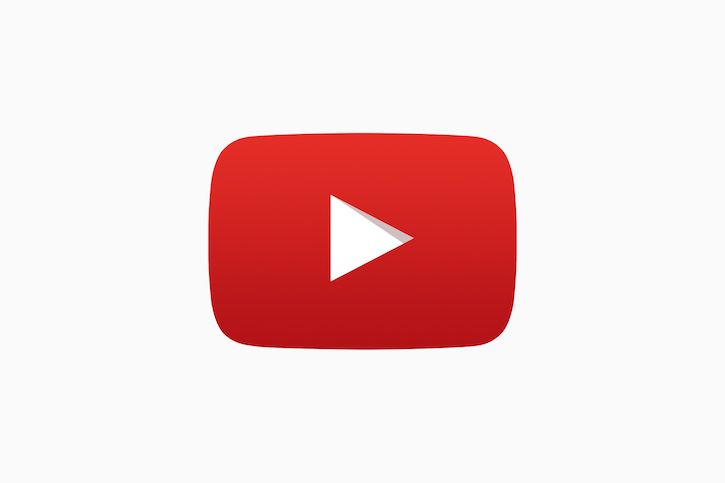- Politics
- Diversity, equity and inclusion
- Financial Decision Making
- Telehealth
- Patient Experience
- Leadership
- Point of Care Tools
- Product Solutions
- Management
- Technology
- Healthcare Transformation
- Data + Technology
- Safer Hospitals
- Business
- Providers in Practice
- Mergers and Acquisitions
- AI & Data Analytics
- Cybersecurity
- Interoperability & EHRs
- Medical Devices
- Pop Health Tech
- Precision Medicine
- Virtual Care
- Health equity
Is "Dr. YouTube" a Blessing or Curse?
Although healthcare professionals created most of the videos analyzed in a new study, the content didn’t necessarily advance patient education.

Credit: Sachin Lukose, Wikimedia Commons
“Dr. Google” has been widely blamed as a source of, say, web-hypochondria for a few years now. But a new report has turned up the focus toward its colleague, “Dr. YouTube,” and the role the platform plays in informing or misinforming patients about diseases.
Researchers at East Tennessee State University pored over hundreds of videos found in a search for the keyword “seasonal influenza,” excluding those in foreign languages or pertaining to other varieties of flu. Based on Centers for Disease Control and Prevention guidelines, they implemented a -10 to 40 scoring system for the quality of information contained in the videos, with negative points for misleading or incorrect information.
The team found that only a very small minority of the content (less than 1.4%) came from alternative medical providers, while professional medical societies accounted for the largest segment (more than 38%). The remainder of videos came from healthcare providers, patients or their parents, companies, and media groups.
Many of the videos from alternative sources and even patients were found to be antagonistic to mainstream medicine and the flu vaccination processes, including examples that doubled down on popular pseudoscience claiming links between vaccinations and autism.
In all, however, the researchers found that the majority of the videos found with a search for “seasonal influenza” were created by either a healthcare provider or a professional society, and were intended to be educational. Despite this, the group found that the videos did not provide adequate information. The highest-scoring group, those distributed by healthcare providers, only scored a mean of 4.5 on the -10 to 40 scale. Overall, they called YouTube a “poor source of valid health care information” as it pertained to the disease.
The popularity of YouTube videos, combined with the prevalence of incomplete information or outright misinformation, prodded the researchers to recommend the medical community consider production of “higher quality educational videos” on seasonal influenza.
Other disease conditions are not explored in the work, nor were other keywords for the flu. The work, “Dr. YouTube's Opinion on Seasonal Influenza: A Critical Appraisal of the Information That is Available to Patients” is to be formally presented next week in Toronto at the annual CHEST conference.
Podcast: Adoption of Healthcare Tech in the Age of COVID-19 with Dr Kaveh Safavi
June 22nd 2021Kaveh Safavi, MD, JD, global health lead of Accenture Health, discusses how the pandemic influenced the speed at which healthcare organizations adopted new technologies and how this adoption is impacting patient care.
